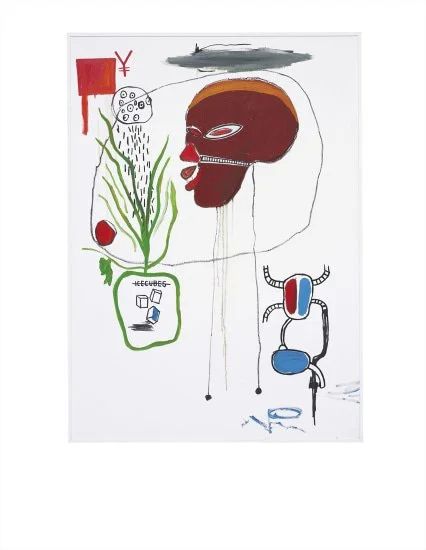(Re-)Creating Guilds
** Many ideas and phrasings in this text have been lifted from the work Dave Jacke and from the lectures notes for Martin Crawford’s Forest Gardening and Edible Ecosystems courses.**
Permaculture is the practice of nurturing and cultivating diverse polycultures of multi-purpose plants by and through (re-)creating deeply interlocked, self-regulating, and self-sustaining guilds.
Guilds are assemblages of landforms (natural and architectural) and lifeforms (bacterial, floral, fungal, and animal) that have a specific function or share a specific resource, and which generate a life-enhancing emergent property or outcome within a given ecosystem.
There are three types of guilds: differential guilds, deferential guilds, and integral guilds. These three types of guilds are not mutually exclusive and can often overlap, the result being that one and the same landform or lifeform can simultaneously belong to multiple guilds that combine all three types to varying degrees.
Every urban guerrilla permaculture operation that we engage in contributes to the (re-)creation of guilds that serve to (re-)establish and enrich vibrant edible ecosystems that pivot on the health and well-being of indigenous plants.
The role of the human permaculturist is to found, renew, and diversify guilds and to participate in the activities of guilds that are open to and that benefit from additional participants.
The human permaculturist must learn to play their role with a knack for maximizing the variety of landforms and lifeforms participating in differing and overlapping guilds while, at the very same time, also minimizing the potentials for win-lose and lose-lose competition between differing landforms and lifeforms.
Types of Guilds.
-
Differential Guilds.
Dave Jacke calls these “community niche guilds”. These correspond to the medieval guilds that feature in the Western imagination, which are organizations of different individuals or groups doing more or less the same job — e.g., the guild of butchers, the guild of bakers, and the guild of candlestick makers.
In an ecological context, we might speak of the guild of photosynthesizers, the guild of nitrogen fixers, the guild of pollinators, the guild of decomposers, the guild of edible fruit producers, the guild of edible seed producers, the guild of edible green producers, the guild of beautiful flowering plants, the guild of sweet scented plants, the guild for the limiting of opportunistic pest populations, the guild for the limiting of opportunistic weed populations, etc.
Any given landform or lifeform might simultaneously belong to any number of these guilds. For instance, a kidney bean plant in your garden will belong to the guild of photosynthesizers, the guild of nitrogen fixers, and the guild of edible seed producers amongst others.
-
Deferential Guilds.
Dave Jacke calls these “resource sharing guilds”. Landforms and lifeforms in these guilds partition a resource or niche in order to avoid competition.
One example of a deferential guild is the guild for the sharing of soil space, consisting of plants with roots that grow differently so as to enable them to share the same soil without conflict: e.g., some with shallow spreading roots, others with taproots, etc.
Another example would be the guild for the sharing of canopy space which consists of canopy trees spaced and positioned to share access to light.
One last example is the guild of mixed seasonality plants which consists of plants that partition soil space over time, growing with different seasonal behaviors that combine to use soil space efficiently: e.g., the early spring flowering bulb that decays and yields to a later leafing perennial each year.
-
Integral Guilds.
Dave Jacke calls these “mutual aid guilds”. These are guilds in which the yields of a given landform or lifeform meet the needs of others in the guild. The landforms and lifeforms belonging to an integral guild do not necessarily occupy the same community niche, nor do they necessarily share the same resources, nor do they necessarily reside on the same plot of land (they may reside many miles apart from one another).
The nitrogen cycling guild is an excellent example of an integral guild. It consists of the bacteria-fungi-plant symbionts that fix nitrogen from the atmosphere into the soil, the plants that require extra nitrogen for their continued growth and development, and the decomposers who return nitrogen to the atmosphere by breaking down the complex nitrogen compounds found in dead organisms and animal wastes.

